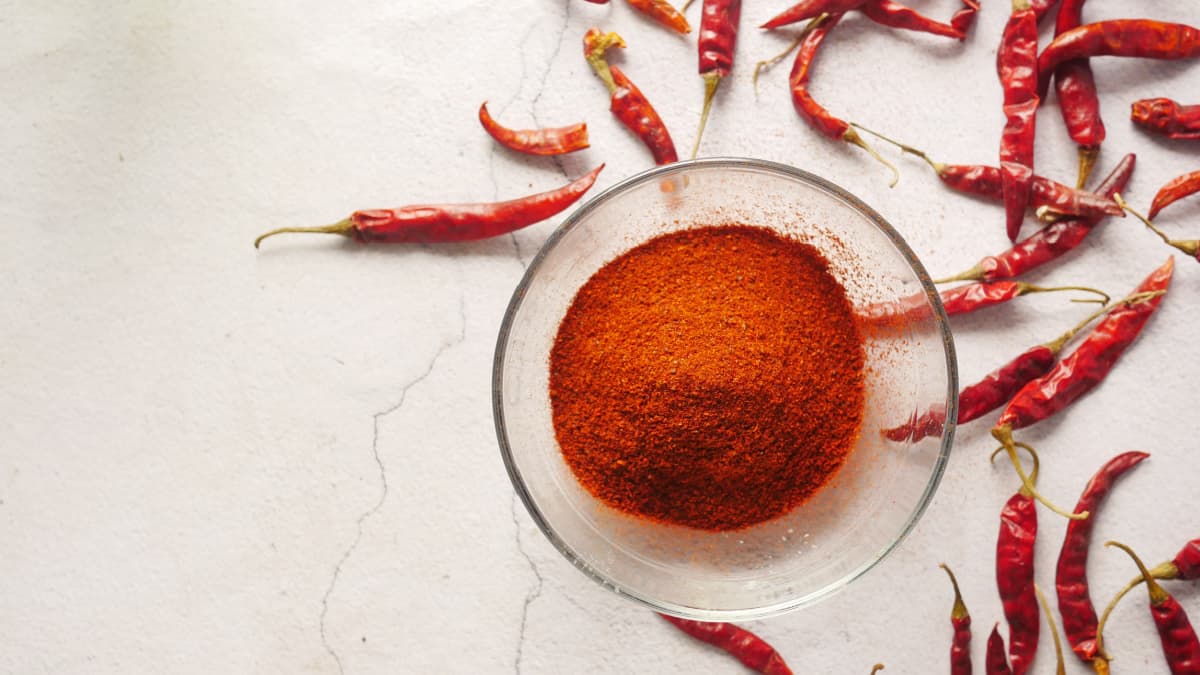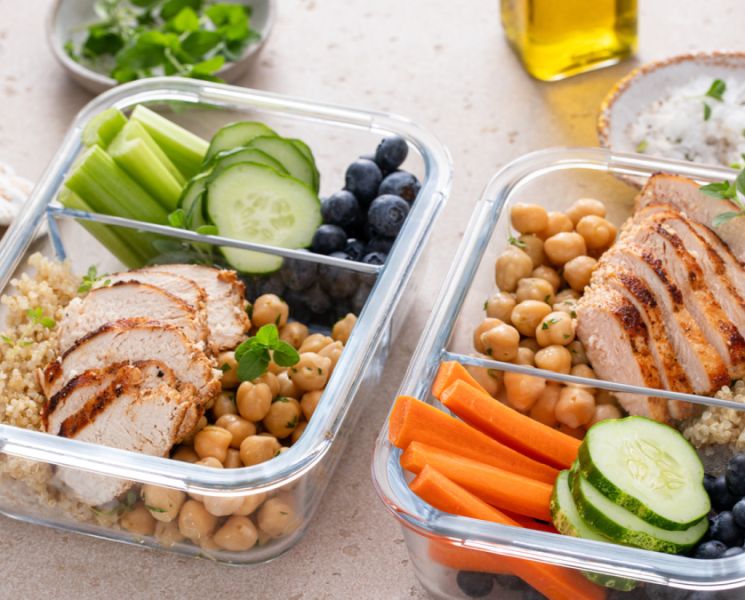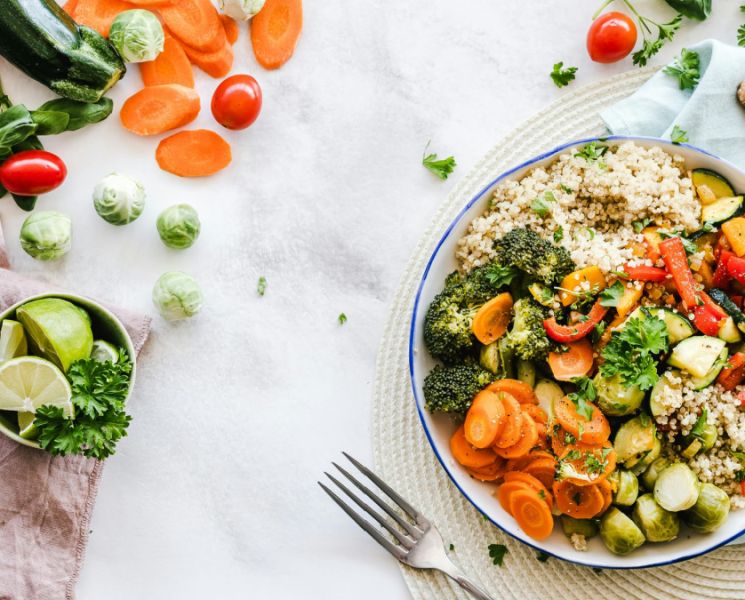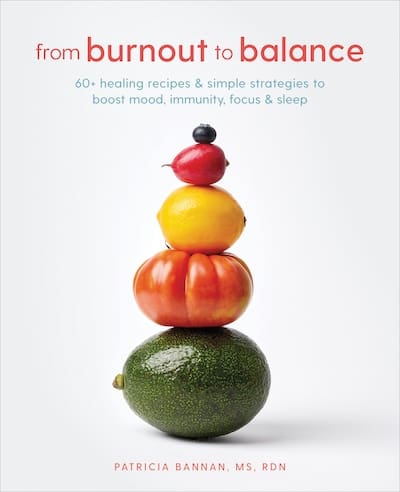This article originally appeared on Livestrong.com.
Capsaicin is a powerful compound in peppers with many health benefits. But how much capsaicin is too much? Keep reading for key insights.
The majority of the heat from hot peppers comes from a plant compound called capsaicin. The most obvious indicator of capsaicin’s presence is the burning, tingling sensation it produces on your skin or tongue when you touch or eat hot peppers.
With a newly found interest (or often competition) by some people to test their limits to ramp up the heat, experts weigh in on if too much capsaicin is bad for you, and what to do when you eat too much spicy food.
Tip: While spicy food may hurt to eat, it’s generally safe to say it won’t kill you. Because the symptoms of eating too much spicy food are so uncomfortable — sweating, pain, vomiting, shaking — you will likely stop eating before you take in toxic levels.
Health Benefits of Capsaicin
Red hot chili peppers may be beneficial to your health in more ways than one. “The capsaicin in hot peppers provides a surprising number of health-promoting qualities, including antioxidant, anti-inflammatory, anti-cancer and heart-protective properties,” Jackie Newgent, RDN, CDN, plant-forward culinary nutritionist and author of The Clean & Simple Diabetes Cookbook.
Increased Life Expectancy
These health benefits of spicy foods could add years to your life. In a large population-based prospective study of 16,179 adults, researchers found an association with eating hot red chili peppers with a 12 percent reduced risk of death from all causes, per January 2017 research in PLOS One.
Weight Management
Capsaicin may benefit your weight and diet quality, too. “While it doesn’t miraculously melt away body fat, capsaicin does seem to offer a bit of a benefit for weight management — it’s non-caloric, it may slightly boost metabolism and it may potentially curb your appetite. In cooking, capsaicin of peppers provides a pungent spiciness — which, in particular, can enhance the enjoyment of healthful food,” Newgent says.
How Much Capsaicin Is Too Much?
Capsaicin is not toxic and generally considered safe to use in the amounts common in food. Different chili peppers contain varying levels of capsaicin, as some hot peppers are spicier than others.
The hotter the pepper, the more capsaicin it has. Milder chili peppers, such as ancho chilies or mild jalapeños, will have less capsaicin and may be more readily tolerated.
Capsaicin in Different Peppers
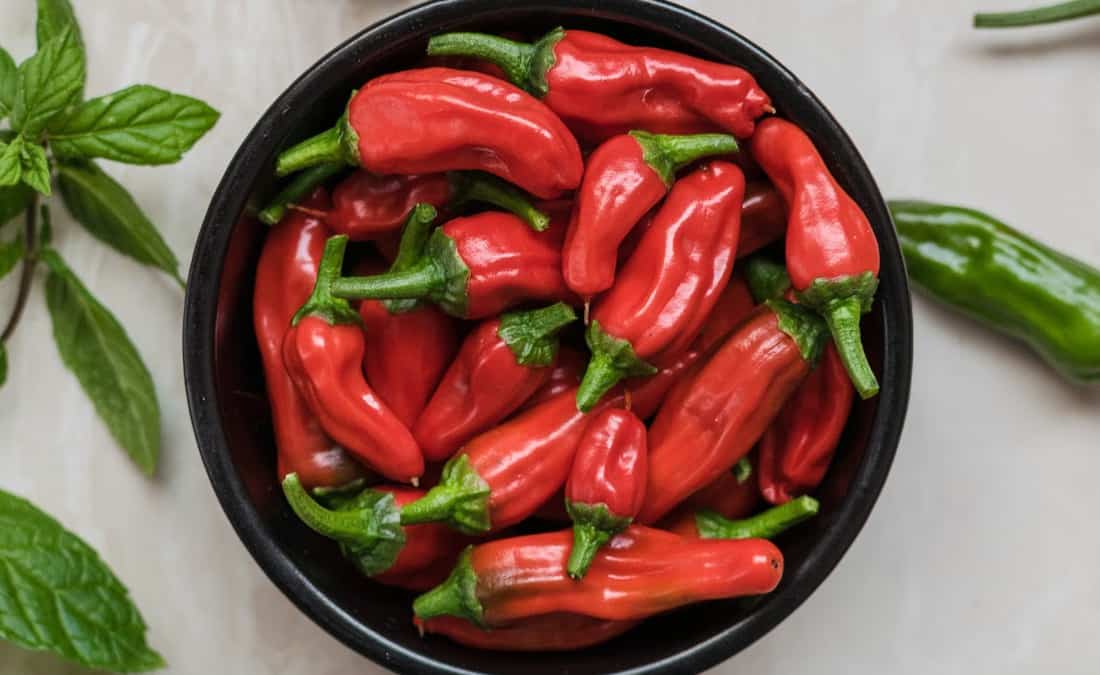
According to the Scoville Scale and Scoville Heat Unit (SHU), which measures a chili pepper’s pungency and capsaicin content, hotter peppers include Scotch Bonnet peppers (spicy hot), habanero peppers (very hot) and Red Savina peppers (really hot). The Carolina Reaper is reported to be the world’s hottest pepper, which measures up to 2.2 million SHUs.
Safe Amount of Capsaicin
“As of right now, capsaicin is generally accepted as safe when taking around 2 to 6 milligrams per day,” says Jim White, RD, ACSM. “There are studies that have tested animal toxicity, and from there, there are estimates as to how much capsaicin would cause toxicity and lethal side effects in humans. It is estimated to be around 12 to 13 grams for a 150-pound person. This amount is very high and it would be very unlikely for a lethal overdose to occur.”
How to Take Capsaicin Supplements
In order to avoid side effects from capsaicin supplements, White recommends taking them right before a meal, so the food can act as a buffer. “Also, start with a low dose and slowly increase so that the digestive tract can become desensitized to capsaicin’s effects.”
If you’re on any blood pressure medication or have uncontrolled blood pressure, talk with your doctor before taking capsaicin supplements.
Health Side Effects of Eating Too Much Spicy Food
According to White, eating too much capsaicin can lead to side effects, including:
- Upset stomach
- Stomach pain
- Diarrhea
- Runny nose
- Tearing
- Flushed skin
- Sweating
- Nausea
- Vomiting
- Shaking
If you’re prone to certain conditions, it’s best to eat mild. Capsaicin does cause irritation of the mucous lining in your digestive tract (mouth, stomach and intestines), especially if you are not used to spicy foods or have a capsaicin intolerance.
Similarly, if you experience either heartburn or ulcers, taking in high or even moderate levels of capsaicin can increase the severity of the symptoms.
Tips for Increasing Capsaicin in Your Diet
Building up your tolerance can mean you experience fewer side effects when eating very spicy foods.
- Go for mild peppers: If you are not used to spicy foods at all, start with only mildly spicy peppers, such as pasilla chilies. Mild chilies will give a slight tingle and often a welcome fruitiness to a dish.
- Remove the seeds: You can also reduce the heat in chili peppers by removing the seeds and veins — the white portion on the inside of the pepper — because these parts contain the highest concentration of capsaicin.
- Go sweet: Last, temper your chili intake by combining it with naturally sweet or sour foods, such as by adding hot peppers to mango salsa. The sugar from the mango and the sourness of the lime juice will alter the taste of the chili. Acids boost the natural fruitiness and brightness of chilies, while sugar helps mellow out their heat.
Tip: When handling very hot peppers, wear gloves and make sure not to touch your eyes so that you don’t end up burning them.
What to Do if You Eat Too Much Spicy Food
While your instinct might be to reach for a cup of cold water when your mouth is burning, water just spreads the heat. A glass of milk or orange juice, or a spoonful of peanut butter, are much smarter choices to cool things down fast.
“The protein casein, found in dairy products, can help break down capsaicin,” White says. “Acidic foods and drinks and fats and oils can also help neutralize the alkaline capsaicin molecules. Carbohydrates don’t help with breaking down or neutralizing the burn, but they can act as a buffer to help alleviate symptoms.”
According to White, top foods to reduce the heat from spicy foods include:
- Milk or dairy products, such as yogurt or sour cream
- Acidic drinks, such as lemonade, orange juice or tomato juice
- Bread
- Rice
- Foods with fat, such as peanut butter, olive oil or avocado
Interested in learning about other powerful plant compounds and foods with benefits? Here are other great reads!
- Foods that Reduce Inflammation Naturally
- 6 Ways to Improve Your Gut Health Naturally
- 6 Herbs and Spices for Weight Loss & Overall Health


